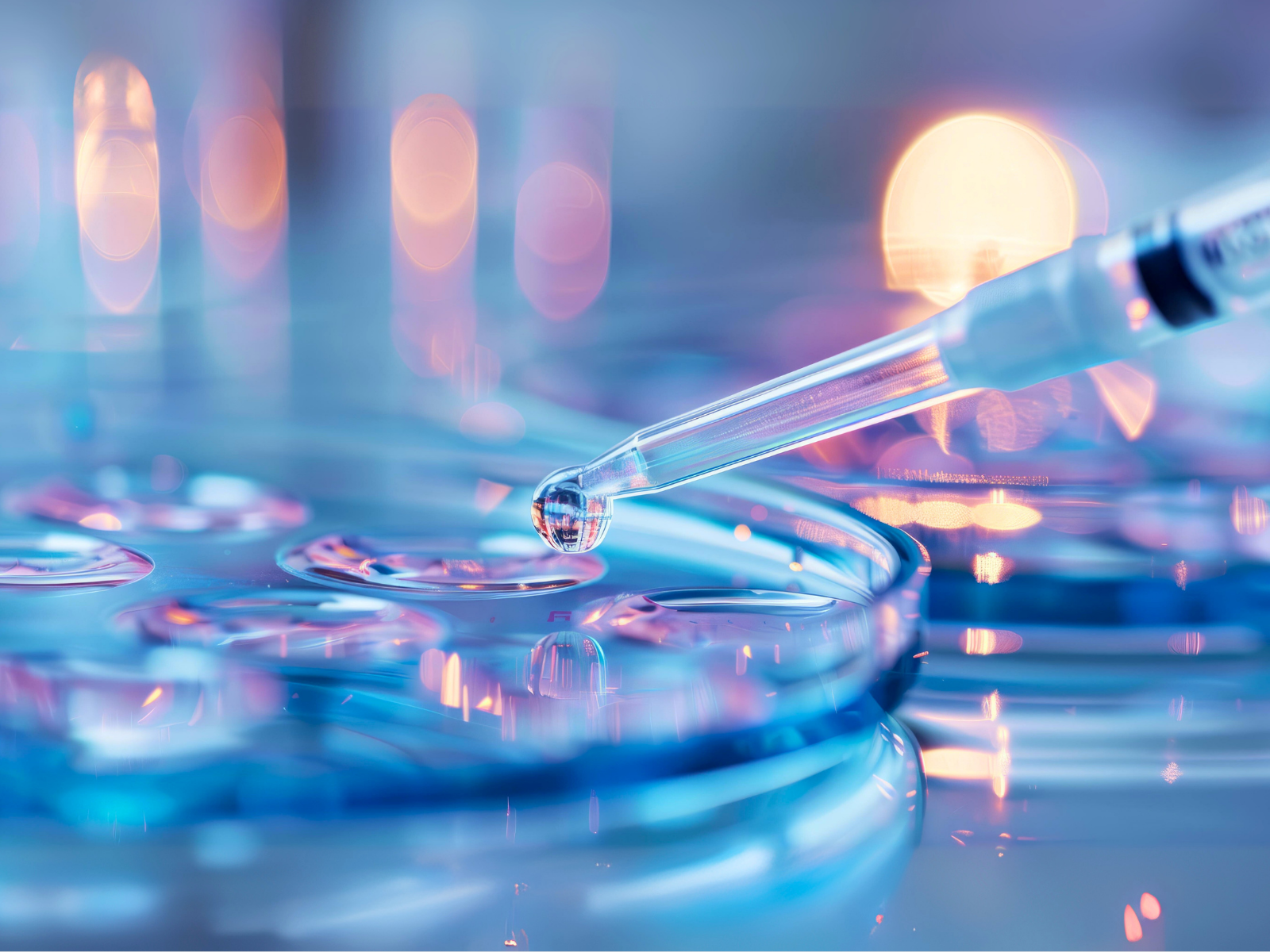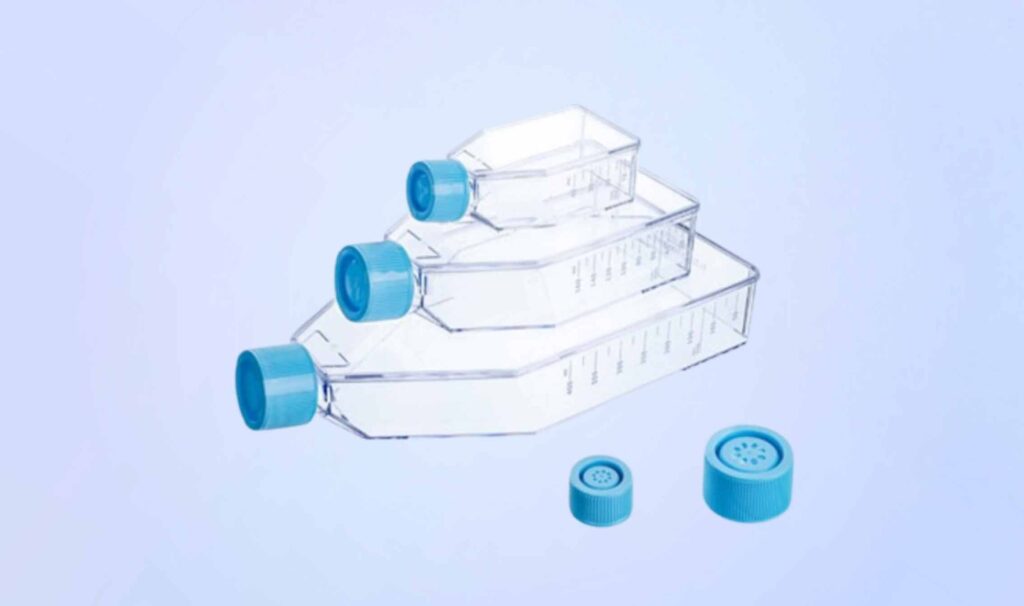Why Use Different Flasks for Cell Culture?

The flask you choose can have a big impact on how your cells grow and how reliable your results turn out. Let’s take a closer look at why different types of flasks exist, and how using the right one makes your work easier and more consistent.
(Heading 2) Introduction
Have you ever wondered why there are different shapes, sizes, and designs of cell culture flasks?
Each one has a purpose. Some make it easier for cells to grow. Others help you scale up or reduce the risk of contamination. In this article, we’ll explore the main types of cell culture flasks, what they’re used for, and how the design features affect your work in real lab conditions.
Along the way, we’ll also show you how LabPro’s CellPro cell culture flasks can help you choose what’s right for your setup.
(Heading 2) On this page:
What Are the Different Types of Cell Culture Flasks
Let’s start with the basics. Here are some of the most commonly used flasks in cell culture:

T-Flasks (T25, T75, T175)
These are used to grow adherent cells. The number refers to the surface area. A T75, for example, gives you 75 cm² of space for cell growth. Most have angled necks to make pipetting easier and safer.
Flasks with Vented Caps
These flasks let gases like CO₂ exchange more freely without exposing your culture to contamination. They’re great for incubator use.
Treated and Untreated Flasks
Treated surfaces help cells attach and spread, which is essential for adherent cultures. Untreated flasks are smoother and better for suspension or spheroid cultures.
Tip: You can find these flask types under LabPro’s CellPro, with sterile, ready-to-use formats in various volumes.
Why Flask Design Affects Your Results
Small details in flask design can have a big effect on how your culture performs.
Neck Shape
A wide or angled neck gives you easier access when adding or removing media. It also lowers the chance of accidental contamination during handling.
Cap Type
Filter or vented caps allow air exchange, which helps maintain pH balance when you’re using a CO₂ incubator. Screw caps are more secure for transport or short-term storage.
Surface Area and Volume
The more surface area you have, the more cells you can grow. But don’t forget about the media volume – too much or too little can throw off your nutrient and waste balance.
Surface Treatment
For cells that need to stick and grow, a treated surface makes a big difference. For cells that float or grow in clusters, an untreated surface helps them stay in suspension.
An article from Lab Manager outlines how small design differences such as surface coatings, cap types, and material quality influence how cells grow and how consistent your results are. Read more
LabPro’s CellPro TC-treated flasks are produced with strict quality standards so you can grow your cells with more confidence.
How to Choose the Right Flask for Your Work
Here’s a quick overview to help you decide what fits your lab setup best:
| Flask Type | Best for | What to look for |
|---|---|---|
| T-Flasks | Adherent cells | Treated surface, angled neck |
| Vented Cap Flasks | Long-term incubator cultures | Filter membrane, sterile packaging |
| Untreated Flasks | Spheroids or floating cells | Smooth interior, non-adhesive surface |
For example, a researcher culturing Vero cells for vaccine production might start with a T75 flask during seeding and move to a T175 when scaling up, using vented caps to maintain gas balance in the incubator.
Conclusion
Picking the right flask can help you:
Once you know what your cells need, choosing the right flask becomes a straightforward part of your workflow.
Ready to stock your lab with flasks that match your workflow?
Check out LabPro’s full range of CellPro Cell Culture Flasks for quality you can rely on.
